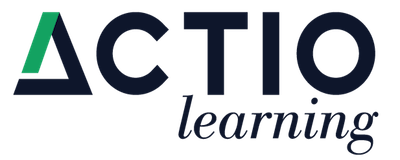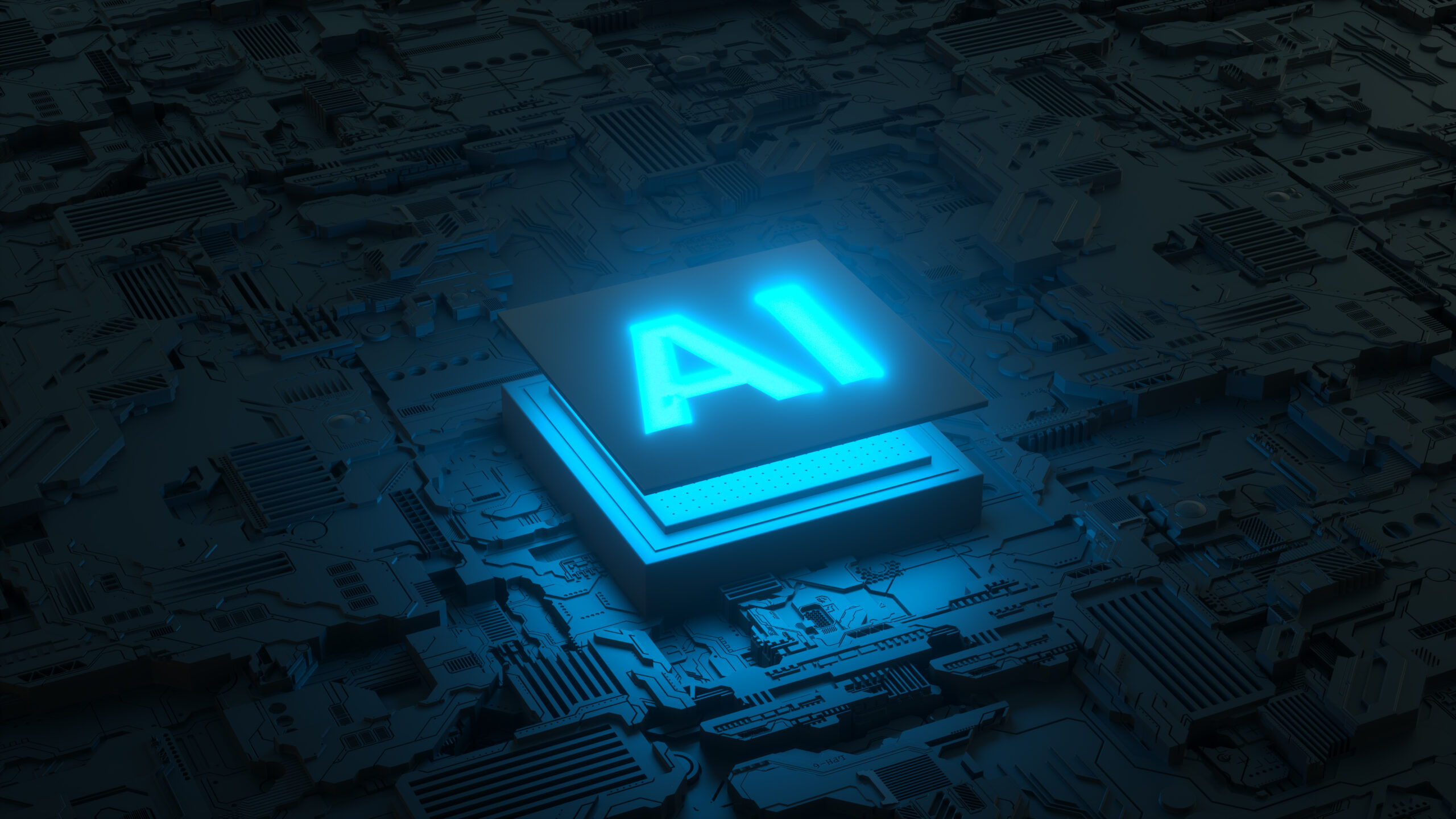Every day, there seems to be more “breaking news” about how AI will change the world. And much of it is true. We in L&D have a unique opportunity to seize the potential of this technology and make it work for us. There are many ways that AI will disrupt our work, and they are significant.
Our industry has been pursuing personalized learning paths for a long time. Getting there has been a challenge. Can AI replace burdensome, costly, and error-prone manual processes? Seems likely. By pointing AI in the right direction and giving it access to the right data, AI can analyze each learner’s behavior, preference, and performance to create genuinely personalized paths. These paths will give learners tailored experiences that consider their needs, determine learning outcomes, improve their engagement, and ultimately improve performance.
Along with personalized learning paths, adaptive learning, and predictive learning analysis have been holy grails in our industry. Given AI’s ability to crunch and make sense of massive amounts of data, adjusting content to the learner’s performance will likely become the norm. AI will likely be able to provide additional resources, guidance, or exercises to help with mastery if the learner struggles. AI can present more challenging content if the learner is killing it. From a predictive standpoint, AI can predict future learning needs by looking at the data from past performance, market trends, or shifts within the business. This will fundamentally change the way that L&D operates.
Speaking of adapting, AI promises to be able to truly break down challenging and complex concepts into manageable chunks of information. This AI-fueled microlearning should improve comprehension and retention, especially for highly technical topics.
We’ve all seen the advent of AI-powered chatbots in our daily lives. In the future, these chatbots will act as virtual mentors or coaches. They can provide instant feedback and guidance to learners. They can also act as an EPSS, answering questions just in time.
AI may enhance the gamification of learning. The prospect of making changes to gamified learning in real-time based on the learners’ performance seems impossible; however, it is in the scope of the capability of AI. This type of adaptation will provide improved engagement and motivation for the learner.
The tried-and-true methods we’ve used for decades to curate content will be turbo-charged by AI. It can analyze all resources in its language model and instantaneously make decisions about what’s in and out of a content pool. Humans can test and confirm, but the heavy lifting would already be done. This will ensure that learners always get the most up-to-date and relevant information. Every L&D professional has struggled with the Big Question: How do we measure learning effectiveness? With AI, the effectiveness of learning programs can be measured more accurately. AI can analyze various data points, like learner engagement, quiz scores, and application of learned skills on the job, to determine the impact of L&D initiatives.
These potential advances have benefits, downsides, and trade-offs. As we decide how to use AI, we must be sure that we’re balancing numerous issues, like privacy, and not over-relying on technology at the expense of human contributions, thoughts, creativity, and interaction.


